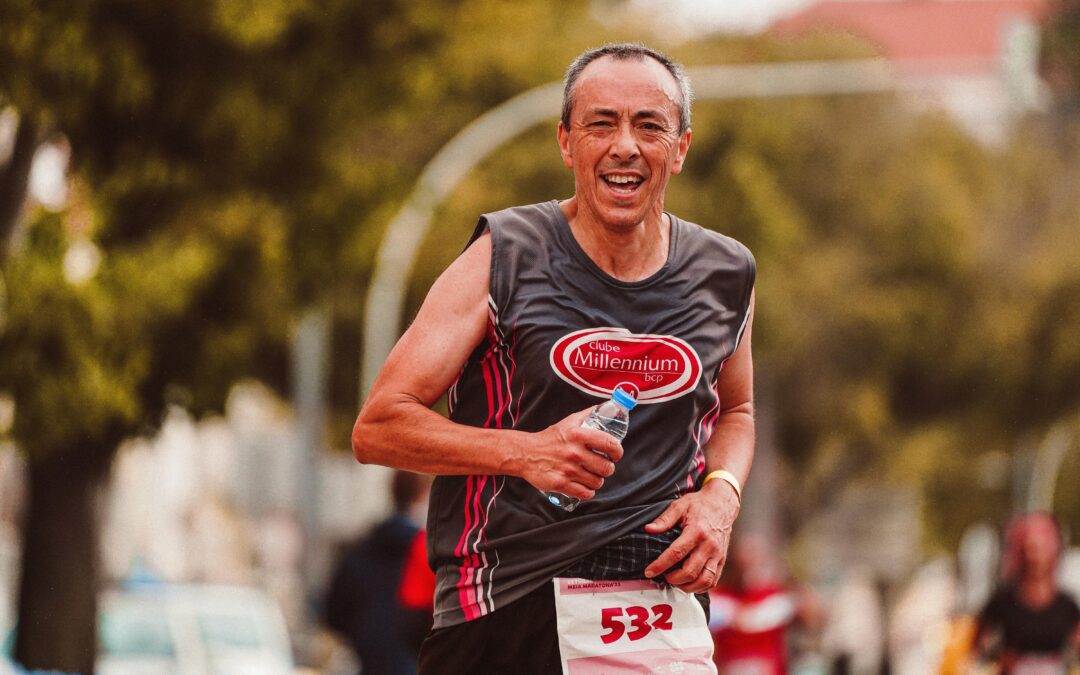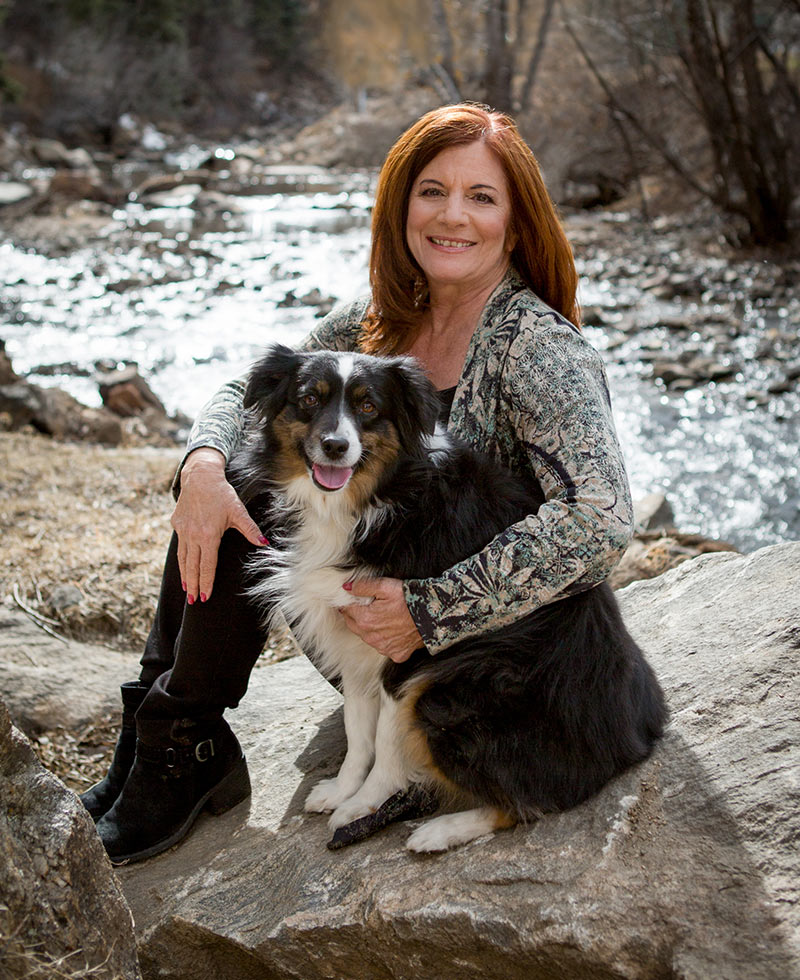With older age comes; changes of the body that affect movement, flexibility, and health in general. All of those changes really threaten independence and high quality of life. Mobility exercises embody those routines from which abilities of highly offered benefits will take into effect. Mobility exercises offer not just physical good but also mental and emotional well-being and provide a truism of growing old gracefully.
In this article, we’ll examine the science, the benefits, and how you can integrate mobility exercises into your daily practice in order to contribute to a longer and fuller life.
Understanding Mobility and Its Role in Aging:
Mobility is defined as the powerful ability to move freely with no pain or restriction. Mobility comprises the general state of flexibility, strength, balance, and coordination- the degree of mobility we should, in general, profoundly deteriorate at an older age. Many other conditions may compound this issue, particularly sedentary lifestyles, joint degeneration, and muscle loss, thus resulting in elevated risk of falls, chronic pain, and diminished independence.
These studies show that mobility is directly linked with longevity. One study found that individuals with superior mobility during middle age would have lower chances of acquiring either disability or chronic disease later on in life. Complemented by mobility, healthy aging can be achieved, so as to maintain one’s independence, participation in social activities, and enhance the quality of life.
The Science Behind Mobility Exercises:
Mobility exercises are those exercises targeting your joint mobility, muscle flexibility, and functional movement. Based on biomechanics, these exercises underline the need to take your body through its natural patterns of movement to stop stiffness and injuries. Essential mobility training elements are:
- Dynamic Stretching: Active movements that elongate muscles while enhancing versatility and can be leg swings or arm circles.
- The joint mobility drills: Focused moves that help to lubricate joints and improve flexibility, such as ankle circles or hip openers.
- Functional strength training: Exercises such as squats or lunges that mimic movements of daily living while building strength.
- Balance and Coordination: Activities to be performed with one leg or postures in yoga pose to stabilize oneself and avoid falling.
Benefits of Mobility Exercises for Longevity:
- Reduced edge against chronic conditions:
Mobility exercises stimulate circulation, reduce inflammation, and promote overall cardiovascular well-being. Regular movement can help prevent and manage diseases like arthritis, osteoporosis, and diabetes, which are commonly found in older people.
- Better Joint Health:
Mobility exercises rid a person’s joints of stiffness and pain by keeping them active and well-lubricated. They are particularly valuable for people suffering from osteoarthritis by slowing down the degenerative process that exits the joint function.
- Prevents Falls and Improves Balance:
Falls are among the leading causes of injuries and deaths in older people. Mobility exercises strengthen stabilizing muscles and proprioceptions- the innate awareness of one’s position in three-dimensional space-and thus reduce the likelihood of a fall.
- Mental Well-Being and Emotional Balance:
Physical activity of mobility exercises induces the release of endorphins that elevate mood and reduce stress in the whole body. With improved mobility also comes a newfound independence, leading to great self-esteem and happiness.
- Delayed Disability Onset:
With age comes a gradual decrease in functional independence and physical capabilities. Mobility exercises allow for functional independence and delay reliance on others for help with activities of daily living in pursuit of an active and self-sufficient lifestyle.
Practical Strategies for Incorporating Mobility Exercises:
- Start Small, Stay Consistent
Start with basic exercises like ankle rolls, cat-cow stretches, or seated hip openers. Make them a part of daily work, even if only 10 minutes a day, for consistency.
- Include Movement in Your Daily Routine
Take regular breaks from prolonged sitting or incredible populations to incorporate movement. Stretch those arms, roll those shoulders, or use every hour to walk a little.
- Join a Class or Program
Yoga, pilates, or tai-chi classes provide a great way to practice movement under guidance and meet new people. Most community centers have programs designed for older adults.
- Use Technology
Many apps and online videos will ensure you have lots of guided mobility exercises to do right from home. Look online for a program to go with your fitness level and goals.
- Seek Professional Guidance
If you opt for physical therapy or see a certified trainer, they can design a mobility program specifically suited to your needs and limitations. Such an approach guarantees its safety and efficacy.
The Role of Adaptive Clothing:
Adaptive clothing is vital for facilitating mobility and independence among the aged population. With ease-of-use fasteners, elastic waistbands, and openings that are more accessible, adaptive clothing makes dressing easier for those who have limited mobility or dexterity problems.
That decreases physical strain and grants a sense of dignity and self-control. Instead of fretting about usual clothing, adaptive apparel acts to let the aged engage in mobility exercises and daily routines without unnecessary stress or frustration.
Success Stories: Real-Life Impact of Mobility Exercises:
- Mary’s Transformation
On the brink of 69, Mairie faced severe knee pains and reduced mobility. However, after undertaking some depth mobility drills and undertaking daily yoga, she saw astounding changes in flexibility and strength. She now regards gardening and long walks with her grandchildren, things she thought she would never accomplish.
- John’s Recovery
After going through a hip replacement at 72, John was determined to recover his independence. Under the guidance of a physical therapist, John started incorporating functional strength training and balance exercises into his routine. Within months, John was walking independently and taking community dance classes.
Common Misconceptions About Mobility Exercises:
- “I’m Too Old to Start”
There’s no time like now to begin. Studies show that even individuals in their 80s and 90s who exercise can increase their mobility and strength.
- “Mobility Exercises Are Too Gentle to Make a Difference”
Mobility exercises may seem simple, but they can create a huge difference in mindfulness about joint health, flexibility, and efficiency within movement.
- “I Need Expensive Equipment or a Gym Membership”
Most mobility exercises require little, if any, equipment at home. A mat, resistance bands, or a heavy chair will usually suffice.
Looking Ahead: Embracing Mobility for a Healthier Future
With increased life expectancies, the onus is to ensure that these added years count as a healthy life. Mobility exercises provide a sustainable way of enhancing mental and physical health. This empowers people to embrace aging with confidence and vigor.
This will give some form to what good aging means and the golden years to look like both as exploration and activity full of life. Whether you’re just starting out in the mobility journey or looking to step up your existing routine, the journey to live long and well begins with one step and a stretch.
Aging wisely should not simply mean living more years; it should also mean living more of that time. Mobility exercises form the crux of this balance that will allow for independence, lowering chronic disease risk, and giving freedom to find a higher quality of life. It is high time to invest in your future with science-backed benefits and practical ways to become a practitioner. Mobility exercises give a very possible pathway to aging well !
Guest Writer Bio
I am Lia, a passionate writer dedicated to advocating for senior health care. With experience working alongside various senior care organizations, i am deeply committed to improving the well-being of older adults. Through my insightful writing, i aim to raise awareness better health care solutions for aging populations.


